What we did this week:
Inlaid Slip
slip trailing (unsuccessful)
foot-of-the-week: over a rolling pin
lip-of-the-week: stamped or paddled
glaze-of-the-week: josh green
We had a really good time inlaying slip and everything else was a bit of a wash.
What you need for inlaying slip is either a drawing stylus of some sort- the wooden sticks I like so much, for example. Or a shape or texture to press in. This can be anything from lace, to a cookie cutter to a wheely tool you find at the junk store (thank you so much Nina!!) The latter was SUPER fun to play with and ideal for inlaying slip.


You also need a fairly even surface (no throwing rings for example) on a leather hard pot.
Carve in or press in your design and then paint slip into the lines in whatever color you desire. I have already written about this in another blog entry.
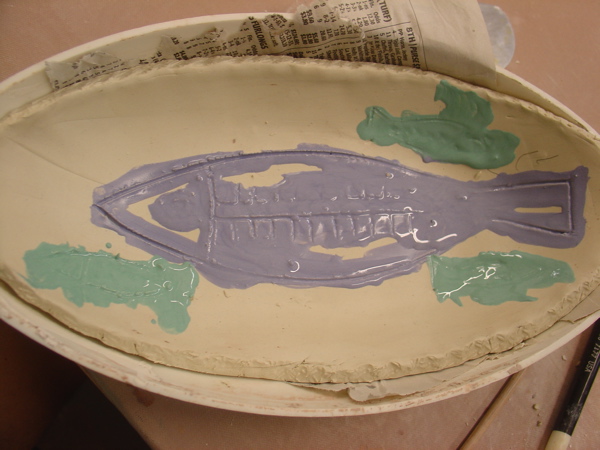
Then, and this is key!!, Let your piece get almost bone dry. It can get all the way bone dry but it is very brittle then. I think if you have just a hint of moisture left in the pot, it is a little more resilient and holds up better to the scraping you will be doing.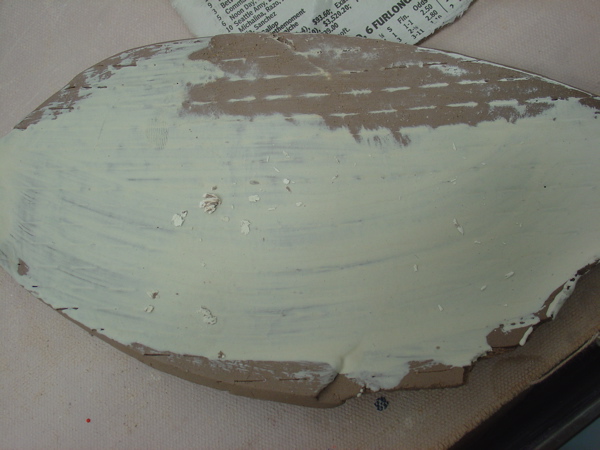
Once the surface is chalky dry you take a metal rib and scrape off the excess slip in long even strokes. 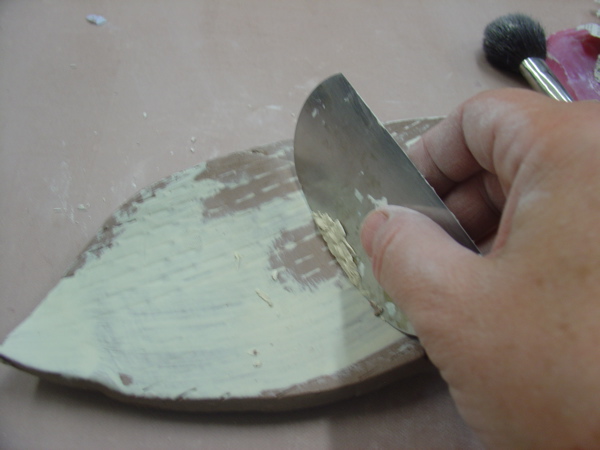
IF the surface is too wet, the clay will just close over your lines and your inlaid slip won’t show. It will look “blurry”.
Here is a piece Nina and I did together with that tool.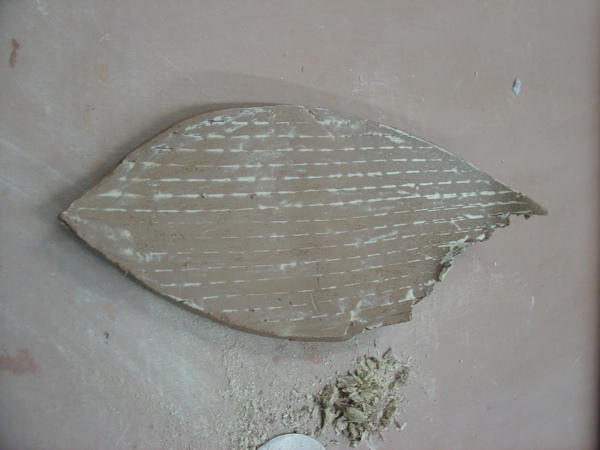
I then tried to do slip trailing with what I thought was pretty thick slip but it still ran way too much. Then I tried to blot it with a newspaper and reapply the excess as a transfer. What followed was a very amusing discussion of rorschark prints. This was one of those cases where you have to learn from the teacher’s mistakes and get the principle of the thing as there is no success from which to take example.
lip-of-the-week: stamped or paddled
If your lip is sufficiently thick, you can take a stamp or some sort of texture and go around the lip pressing into it. It gives the lip a texture and compresses it and also, in that it has its own character, it gives it some presence which is sufficient to give a starting and ending to the vessel.
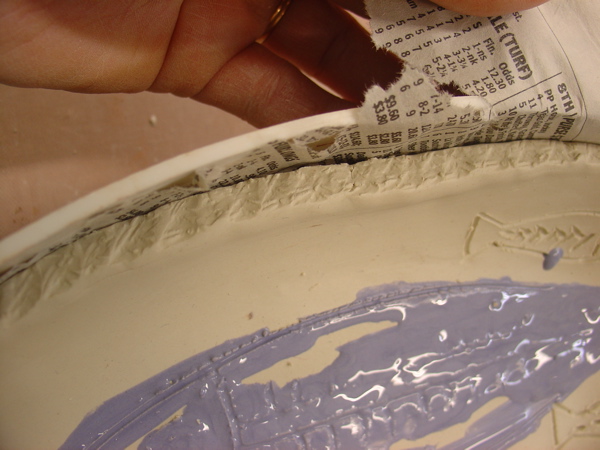
foot-of-the-week: over a rolling pin
This too was an unsuccessful demo- as much due to the shortness of the clay (poor batch of reclaim) as my ineptitude. Once you have the base of the pot established, you tap it down over a dowel or rolling pin. then turn it 90 degrees and do that again-the result being kind of an inset cross and 4 “pods” or legs. I realized after doing it on a bowl that it is so much better on a closed form as it deforms the inside bottom. It worked wonderfully on my little “cow” pitcher. 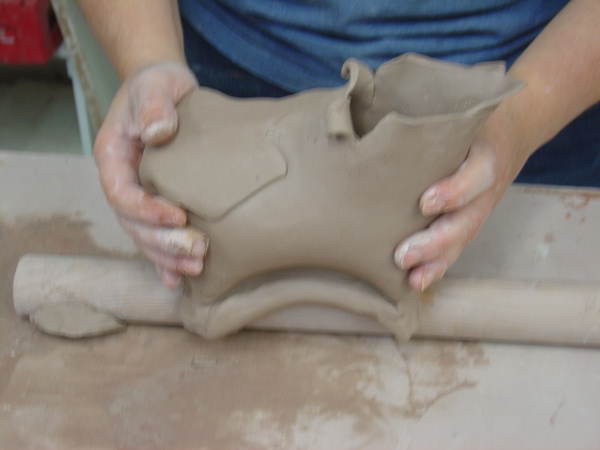
glaze-of-the-week: Josh Green
Although I failed to talk about this wonderful glaze, I had brought an example and certainly I can make up for that lack in my blog.
Josh Green is in some ways a super fussy glaze in that any little drip or overlap will show- it is exactly opposite of Shaner clear in that way but it also has a great breaking quality and shows off Red Iron (in oxide or slip form) very nicely as you can see in the lid of this inlaid box. 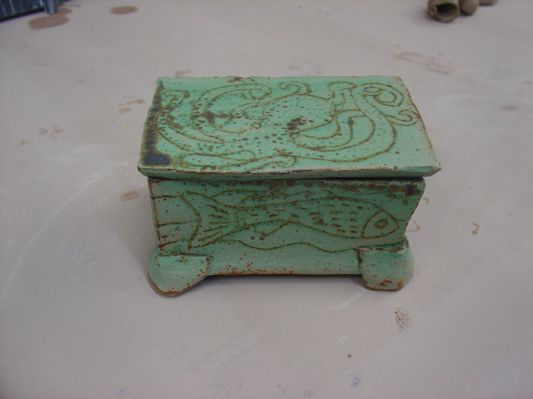
Here I put it over iron oxide which was wiped into the “cracks” in my giant urn. photo before, 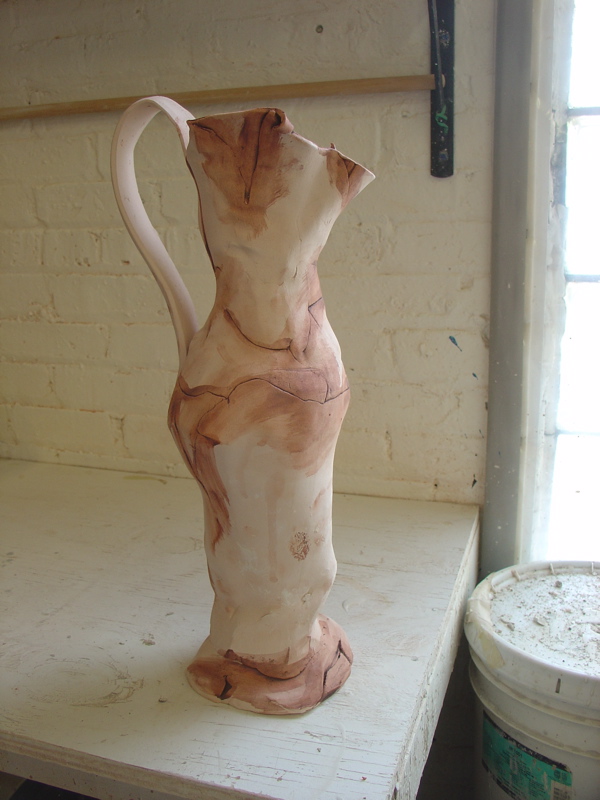
after 

What’s wonderful about Josh is that it so often looks like the patina of an old bronze for example and is really my fall back choice for stoneware when I want to show off a texture or desire a more matte glaze than Celadon. It is somewhat unpredictable but I find it consistently falls within a range of results, all of which are acceptable outcomes for my pots.
*Josh Blue is less transparent and just not as interesting to me as the green.
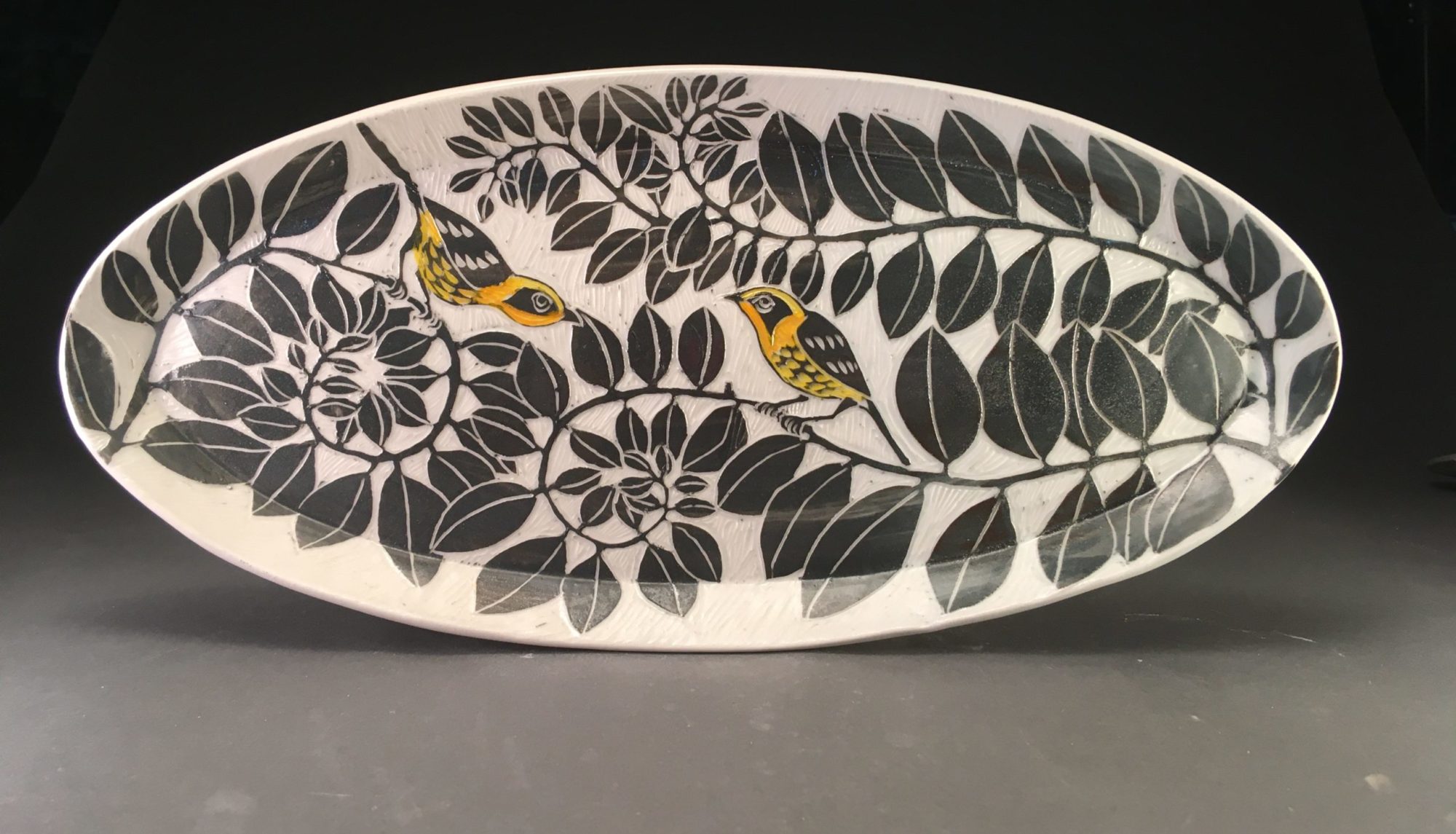
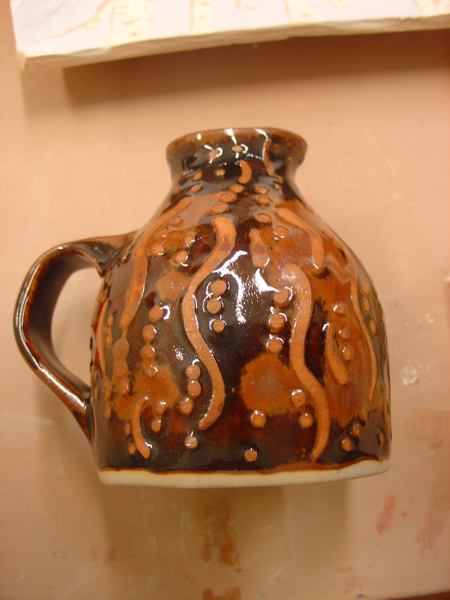
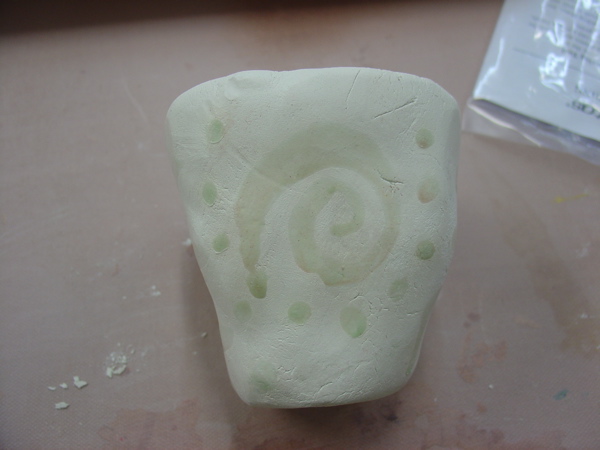
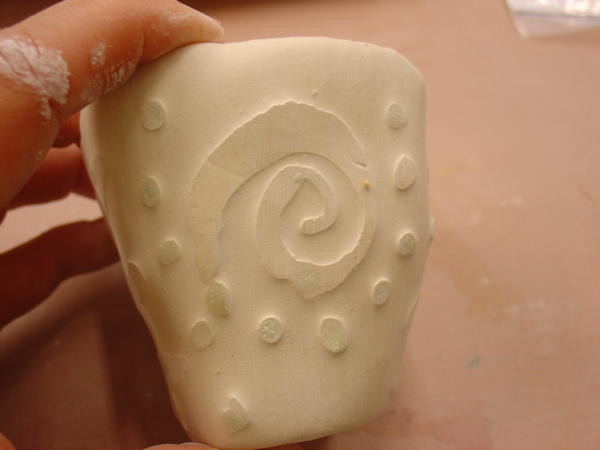
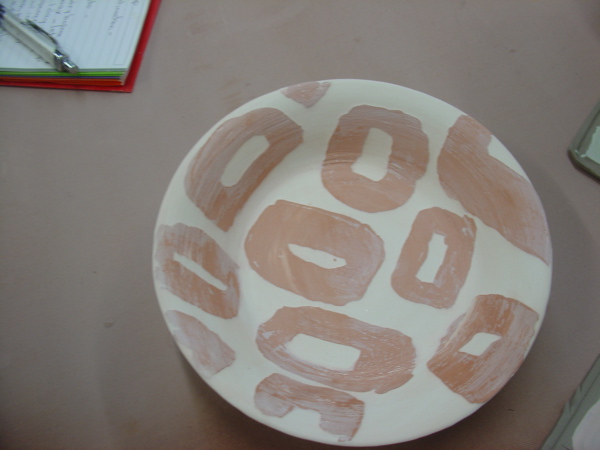
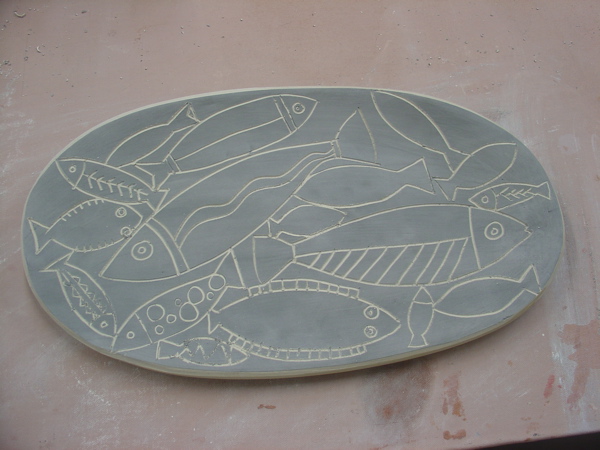
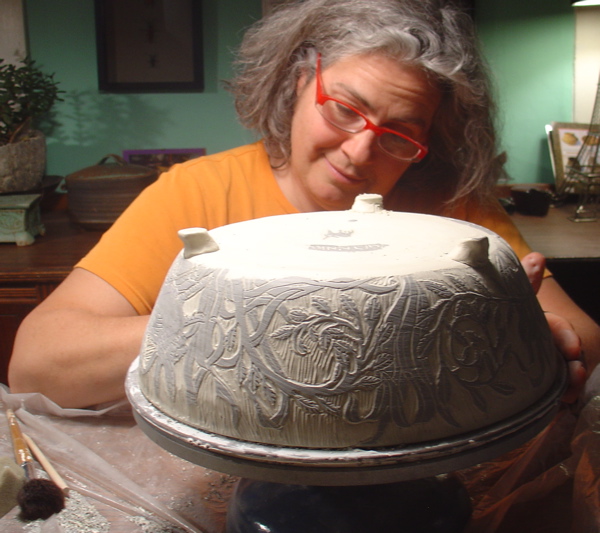 (yes, yes I look old- my son took this)
(yes, yes I look old- my son took this)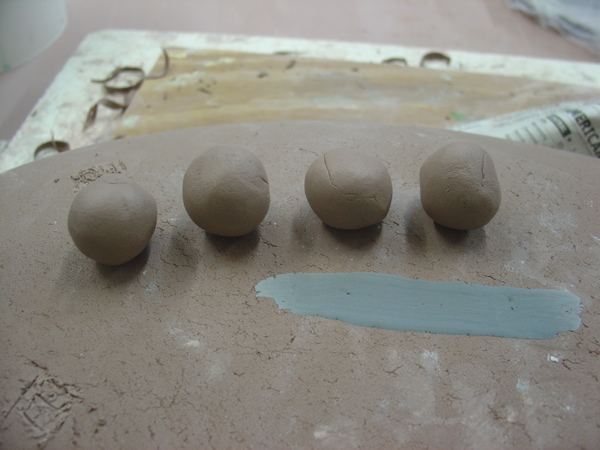 Then roll them into legs.
Then roll them into legs.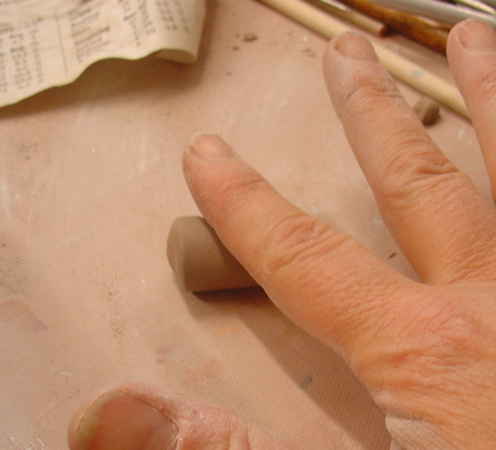
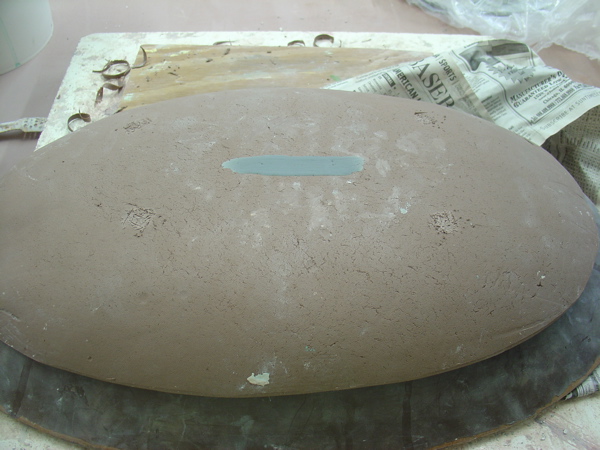
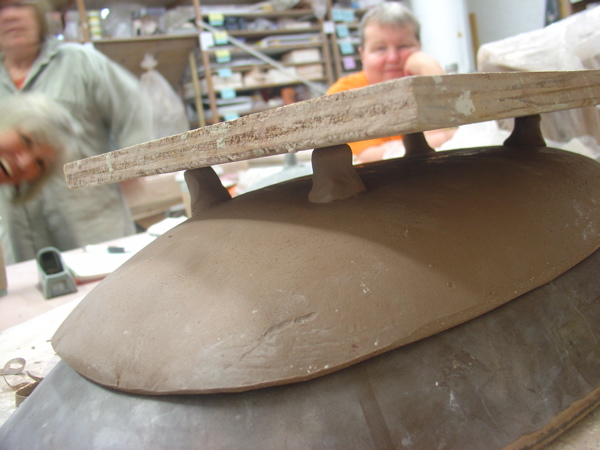
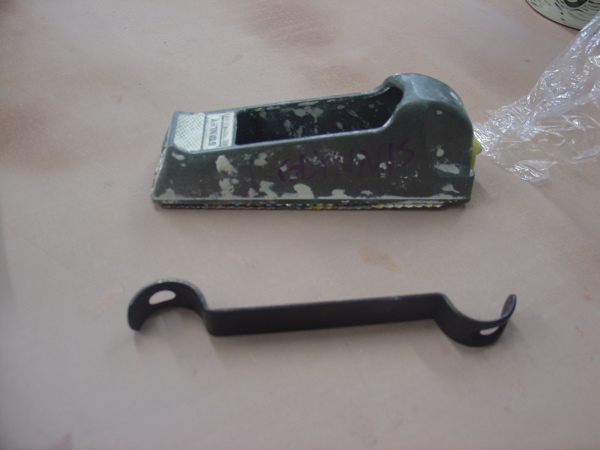
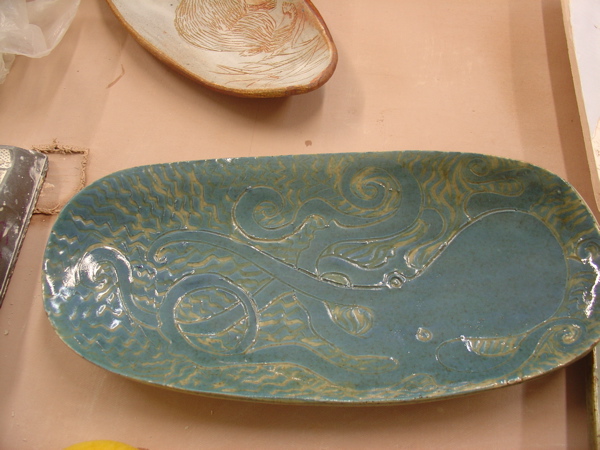 Here it is over blue and green and white. This is from when I layered 3 slips (first white, then green then blue) on stoneware.
Here it is over blue and green and white. This is from when I layered 3 slips (first white, then green then blue) on stoneware.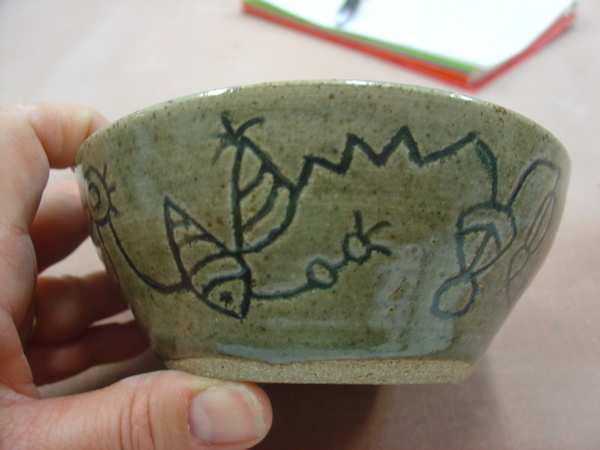
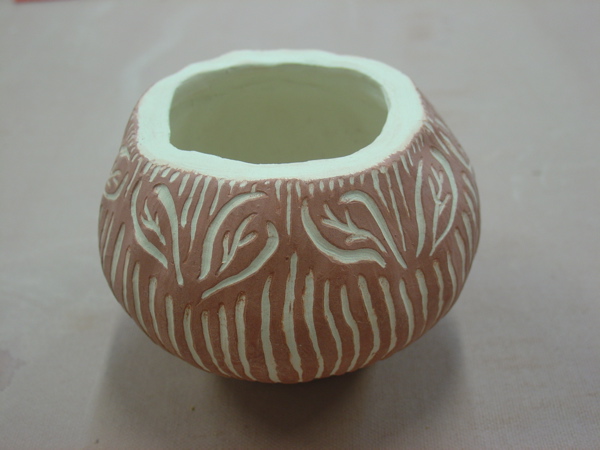
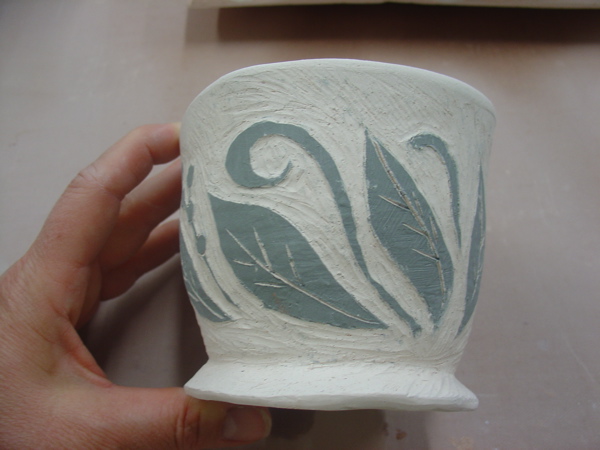
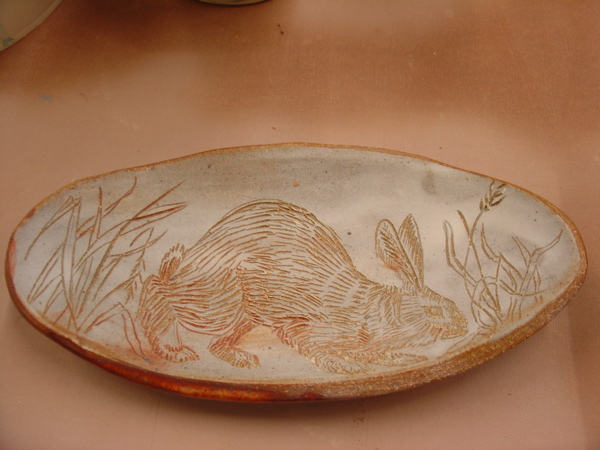 Sadly, this is the ONLY photo of it intact as I was traveling home with too many loose pots on the back seat and had to slam on my brakes and even though many ugly pots survived, this one now has a chip out of the rim. 🙁 Note the Shino Glaze on the rim and some orange blushing but I didn’t leave any actual glaze on the inside.
Sadly, this is the ONLY photo of it intact as I was traveling home with too many loose pots on the back seat and had to slam on my brakes and even though many ugly pots survived, this one now has a chip out of the rim. 🙁 Note the Shino Glaze on the rim and some orange blushing but I didn’t leave any actual glaze on the inside.